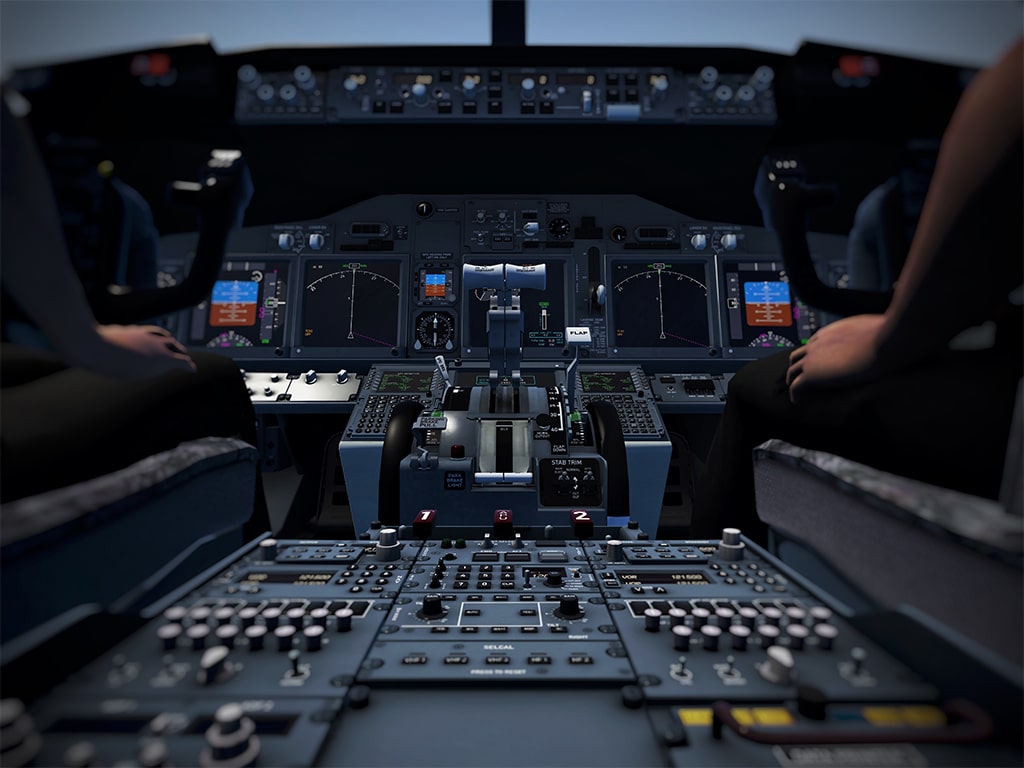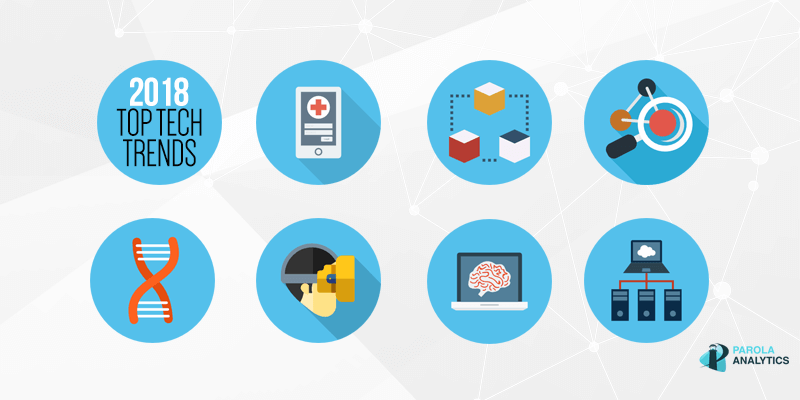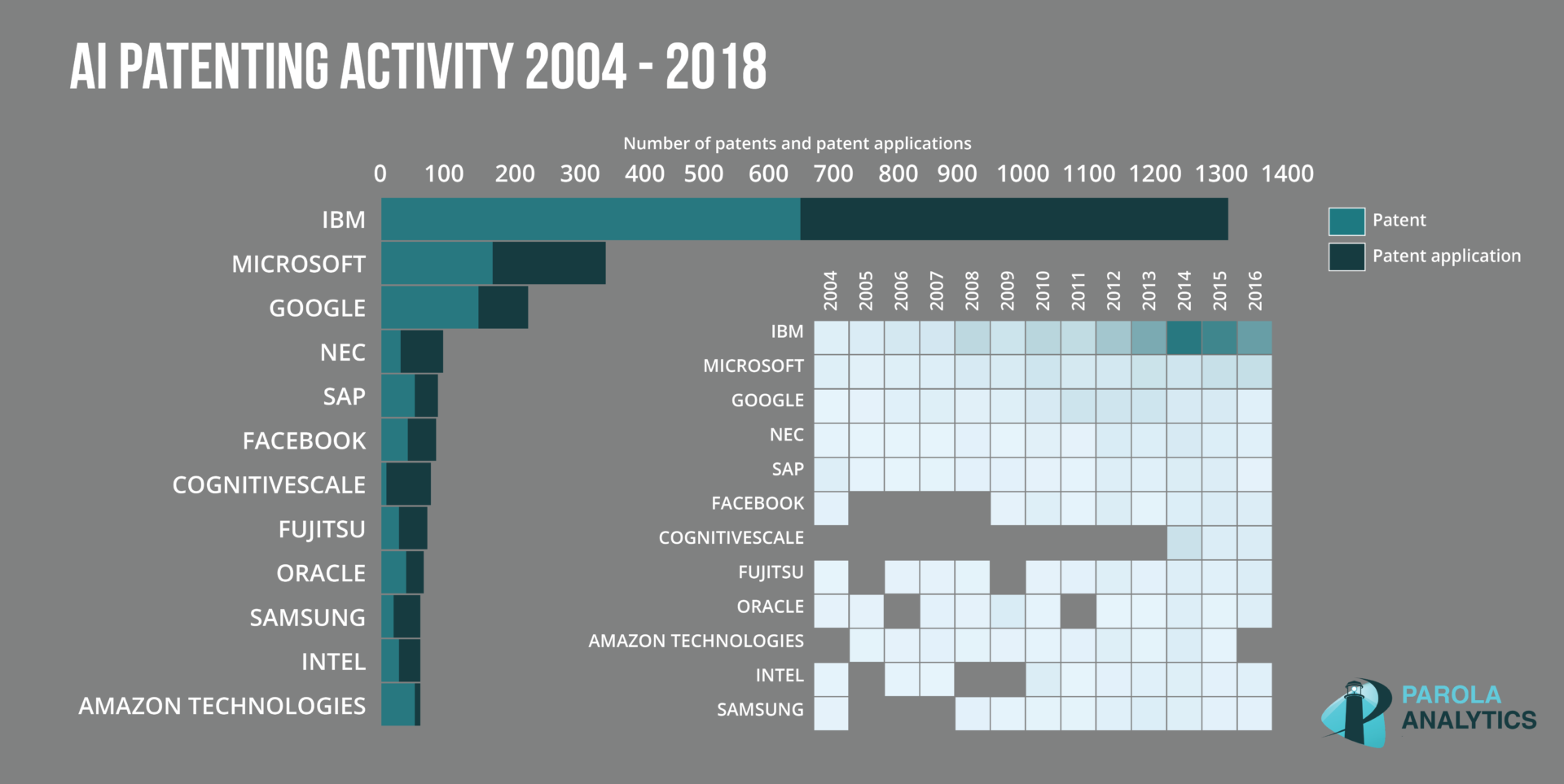Four years after Boeing shared its vision of pilotless planes, the aerospace giant takes a half-step toward self-flying an aircraft with an “emotional intelligent robotic pilot”.
The patent application, published by the USPTO on June 17, specifically relates to an emotional robotic pilot, a system trained to connect with a human pilot and geared toward effective crew resource management (CRM).
CRM consists of procedures hinged upon crew coordination and human interaction; that is, safety measures in environments where human error can lead to disaster. In aviation, CRM is the framework to which aircraft pilots and crew ferried over 4.5 billion airline passengers worldwide in 2019.
However, the following year saw the COVID-19 pandemic cut the passenger count by almost 2.7 billion. Employment within the aviation industry also took a hit, and Boeing’s patent application mentions a “reduced crew transport environment” as a place where its technology would apply. Two humans flying a plane, coordinating and keeping each other in check, has been the standard for successful CRM. But in cases when only one human is expected in the cockpit, a robotic piloting system may be trained to fill in the gaps.
To do this, Boeing proposes training a computer with sample physiological data paired with emotional parameter values. Research in psychology has established the links between mental feelings and bodily responses; a robotic co-pilot equipped with physiology and emotional analyzers could leverage this dynamic.
Physiological signals may come in the form of galvanic skin responses, blood volume measurements, heart rate variability, electroencephalogram, eye dilation, as well as thermal or muscle responses. These can be detected using microphones, cameras, and biometric sensors, according to the patent application.
The robotic pilot can account for environmental data such as temperature, pressure, weather, and visual conditions. It also keeps track of vehicle activity data, including the state of an aircraft, its flight phase, any activated warnings, air traffic control communications, aircraft imaging, or radar inputs.
After using physiological signals to gauge the pilot’s emotional state, as well as checking the state of their environment and vehicle, the computer employs natural language processing to communicate like a human co-pilot. This process is aimed at enabling robotic pilots to go beyond aircraft maneuvering tasks and demonstrate emotional capabilities for greater CRM balance in the cockpit.

Given aviation’s history with pilots struggling with mental health—compounded by post-pandemic shocks—Boeing’s patent application highlights the necessity for aircraft technology built for aircraft personnel. Especially since overreliance on automation has, at times, proven disastrous for Boeing, the idea of pilotless planes may only take off once planes gain a deeper understanding of human pilots.
The featured patent application, “Emotional Intelligent Robotic Pilot”, was filed with the USPTO on December 12, 2019 and published thereafter on June 17, 2021. The listed inventor is Jennifer Klemisch.






